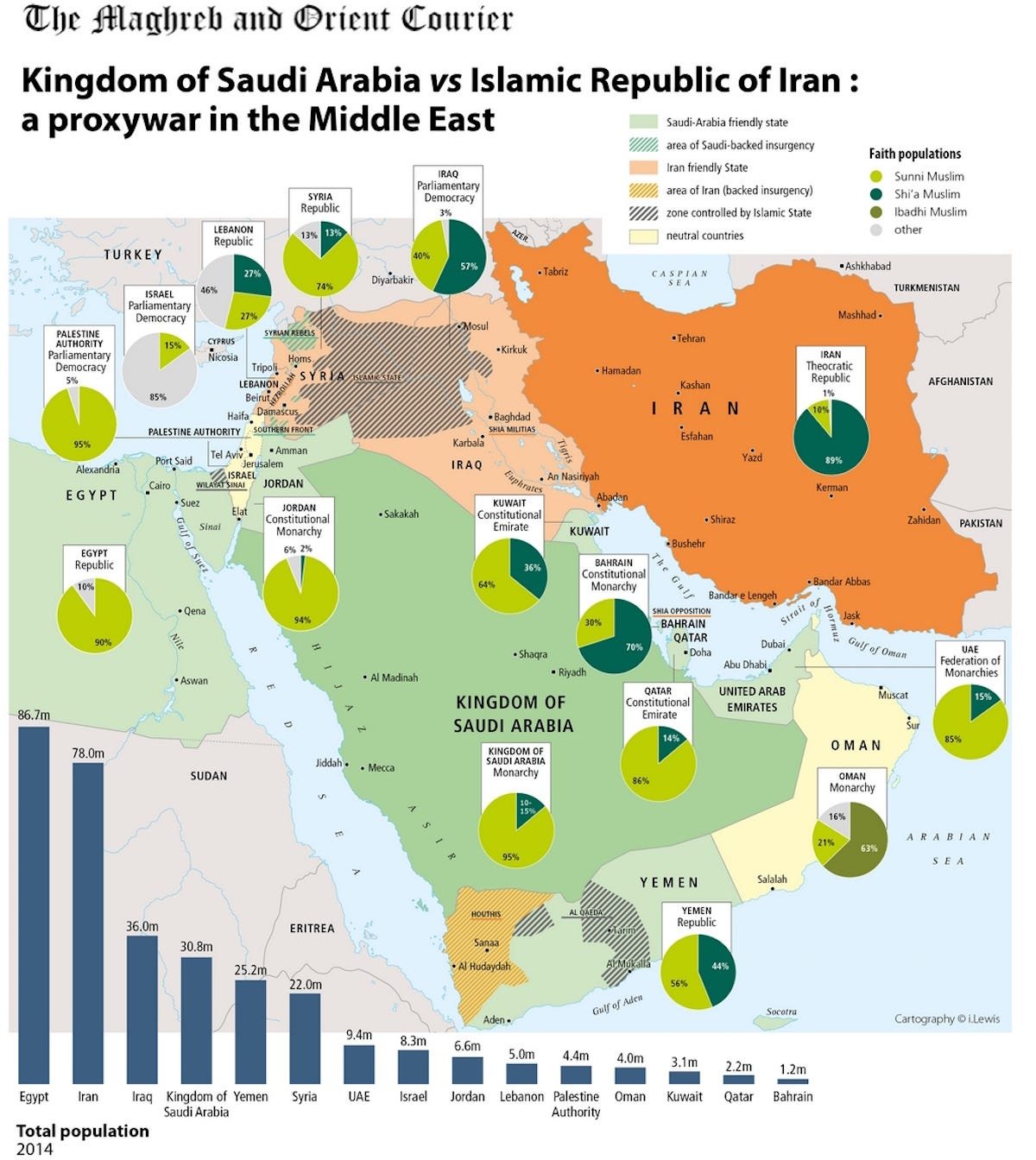# Strikes in the Middle East and Proxy Attacks: A Complex Web of Conflict
The Middle East has long been a region of strategic interest and intense conflict, where geopolitical tensions frequently manifest through military strikes and proxy warfare. Recent incidents involving attacks against U.S troops and interests highlight a complex network of hostilities, often linked to Iran’s influence via its support for proxy groups. This article delves into these incidents to explore their interconnected nature and the broader implications of responding to proxy aggression.
## The Role of Proxy Groups
– **Iran’s Influence:** Iran is widely recognized for its support of proxy militias across the Middle East, including Hezbollah in Lebanon, various Shiite militias in Iraq, and the Houthi rebels in Yemen.
– **Strategic Advantage:** These proxies allow Iran to exert influence far beyond its borders without direct confrontation, complicating international responses.
– **Attacks on U.S Interests:** There have been numerous attacks on U.S personnel and assets that are attributed to these Iranian-backed groups.
## Recent Military Strikes
A series of military strikes targeting these proxies sheds light on the ongoing struggle:
– **Retaliatory Actions:** In response to attacks on U.S forces, particularly in Iraq and Syria, the United States has conducted airstrikes against militia groups believed to be supported by Iran.
– **Objective:** These strikes aim not only to retaliate but also to deter further aggression from these proxies.
## The Debate Over Effectiveness
Critics argue about whether attacking proxies is a viable long-term strategy:
– **Temporary Measure?:** Some view these strikes as merely temporary measures that fail to address the root cause – namely, Iran’s regional ambitions.
– **Escalation Risks:** Others worry that such actions might escalate into wider conflicts without significantly diminishing threats.
## A Larger Strategy?
There’s speculation regarding whether there exists a larger strategic framework guiding these responses:
– **Containment Efforts:** It’s suggested that targeting proxies could be part of broader efforts to contain Iran’s influence without resorting directly to war.
– **Diplomatic Leverage:** By demonstrating readiness to use force while avoiding direct confrontation with Tehran, Washington may seek leverage in diplomatic negotiations over Iran’s nuclear program and regional behavior.
## Conclusion: Navigating a Path Forward
The intricate web of military strikes against Iranian-backed proxies underscores deep-seated issues within Middle Eastern geopolitics. While immediate tactical successes are achievable through such operations, they also pose significant questions about long-term strategies for peace and stability in the region. As tensions persist between Iran and those opposed to its policies:
– Decision-makers must balance between punitive actions against proxies and engaging Tehran directly.
– Diplomacy remains key but requires bolstering with credible deterrents against both direct aggression from states like Iran and their indirect warfare tactics through proxies.
Understanding this dynamic landscape is crucial for stakeholders aiming at deescalating conflicts while safeguarding interests amidst an ever-volatile backdrop.

Leave a Reply